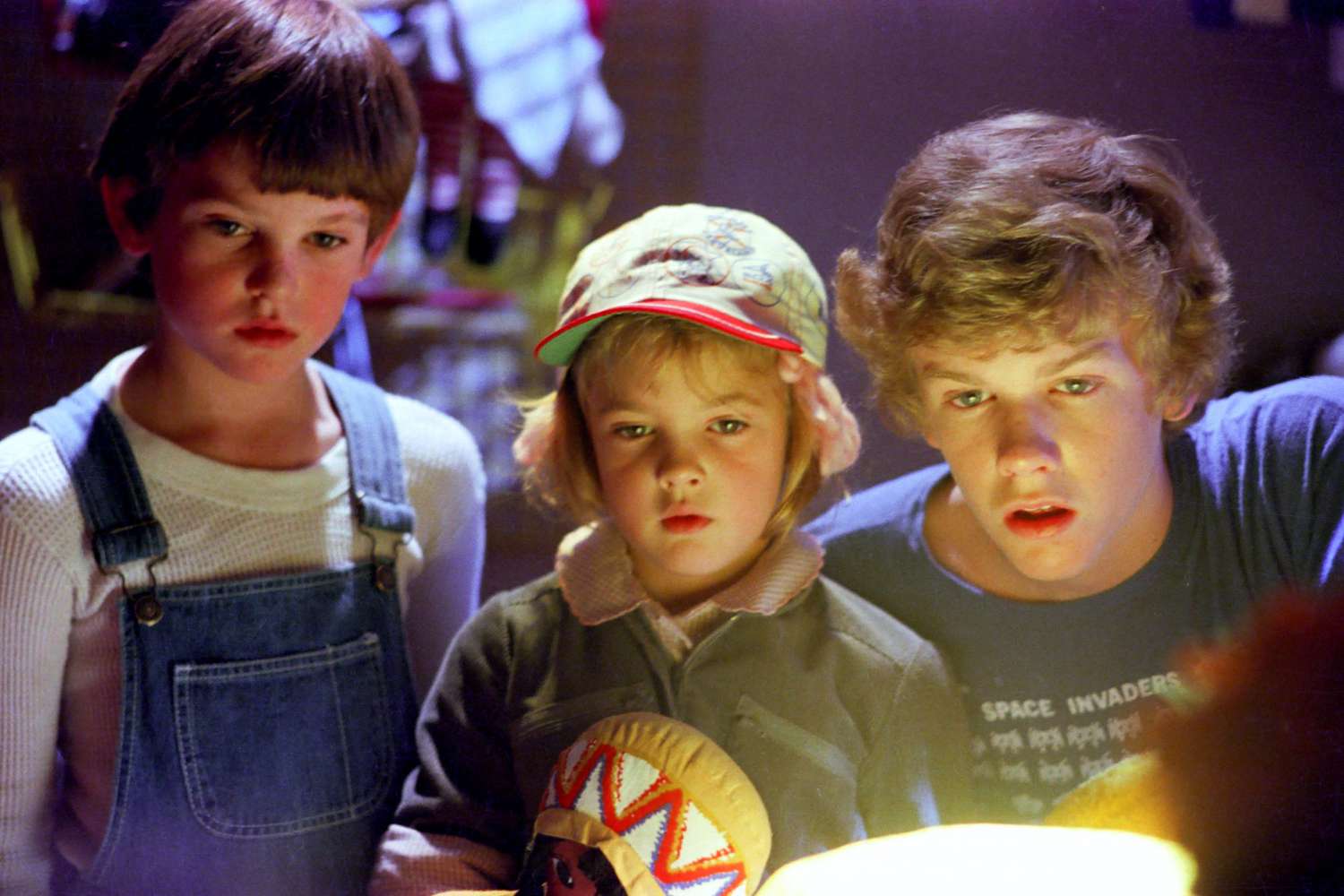These days, we’ve gotten away from telling timeless stories, especially in movies. Most films today only focus on modern problems like identity, social, and political issues. These are complicated topics that matter to people, so they are important. But when they become the sole focus, forsaking any deeper connection to our past, it deprives the story of its place in the collective human experience.
It didn’t used to be that way. Filmmakers used to attach their stories to grander narratives. Older films still provide a much-needed blueprint for connecting modern tales and timeless stories.
Here is one great example: Did you know The Gospel is in the movie E.T.?
At first glance, the idea of an alien getting accidentally left on Earth seems like something other than a spiritual tale. We see a simple but heartwarming story of a boy named Elliot, along with his brother Michael and sister Gertie, helping the little alien contact his family to get home. This cursory view dissolves, however, when we understand that the human characters represent the faith, fear, and love experienced by the apostles.
The concept may be new to you. It was to me. Andrew Klavan, a well-known author who performs weekly podcasts, revealed that E.T. is the story of Jesus through a child’s imagination. It got me curious, so I rewatched the movie.
By itself, E.T. ‘s unfolding narrative creates a fantastic picture of the life, death, resurrection, and ascension of Jesus. And it’s the child characters, who mimic the apostles, that make the metaphor truly hit home. Their wonder at his coming, the subsequent pain experienced by his death, and their joy at his rise paint a clear picture of Jesus’ story. By the film’s conclusion, the audience has experienced the apostle’s view of Christ through this child-like re-imagining.
First, there’s Elliot, the faith aspect of the story. We can consider him the apostle Peter of the film. Like Peter, Elliot is someone of poor social status who lacks outstanding accomplishments. He is a typical child of the ‘80s in suburbia, just as the future saint was a typical Jewish fisherman in a Middle Eastern town.
Throughout the film, we journey with Elliot as he meets E.T. and forms a special bond with him. He is the first to believe in E.T. and becomes the leading voice in convincing others of his mission. Like Peter with a sword, he attempts to use their physical bond to save E.T. from death. The little alien, like Jesus, prevents this by sacrificing himself instead. He later has his faith shattered, succumbing to the reality of his friend’s death, only to have it revived by the resurrection.
And it’s not just Elliot’s story that seems ripped straight from the Gospels. Each of the other two young characters gives us insight into the apostles’ experiences during the Passion story.
There is the big brother, Michael, who personifies the fearful doubt that must have accompanied the following of a man claiming to be God. The film makes a great effort to portray Mike as a caring older sibling. He’s protective, and the scene where he goes out alone to find E.T. at Elliot’s behest is one of the most heroic events of the movie. He’s an admirable young man, but he is also the doubting Thomas of the story.
Michael spends most of the early movie teasing his brother about the idea of an alien in the shed outside. Once confronted with that presence, he recoils in fear and disbelief. Until E.T. makes objects move with his mind, a story stand-in for a miracle, Michael doubts who and what the alien is. Even after proof, he spends most of the film cautiously second-guessing Elliot, fearing it will lead to catastrophe.
Then, there’s Gertie, Elliot’s little sister. She is the precise representation of the apostle John, representing the love aspect of the story’s metaphor. After a brief and chaotic introduction, Gertie falls in love with the little alien. Showing very little interest in the technicalities of Elliot’s plans, she spends most of her time playing with E.T. and just enjoying his presence with a child-like love often attributed to the famed apostle.
Like John with Jesus, Gertie is the only one in the group to be present at the death of E.T., as Elliot has been whisked away by doctors. In this startling scene, the audience gets a sense of what it felt like to witness the crucifixion through the eyes of a loved one looking on. The look of horror and pain on the face of the little girl is palpable, as the sounds of the medical defibrillators act as a powerful metaphor for a brutal whip and a torturous cross.
If taken only at face value, E.T. is a family-friendly story about a young boy helping an alien get home, and it does contain some of the more modern themes we see in movies today. Divorce is explored through Elliot’s mom. Environmentalism is touched on in the frog-saving scene.There’s even an undertone of suspicion against government authority through the movie’s antagonists.
But at the core of the movie is a timeless story. It relates to an event known by almost anyone in Western civilization and beyond. And it unifies its audience on timeless themes shared across all communities.
Modern storytelling is moving away from this concept, but with older films like E.T. to remind us, we may be able to find our way back and begin telling epic stories again.


